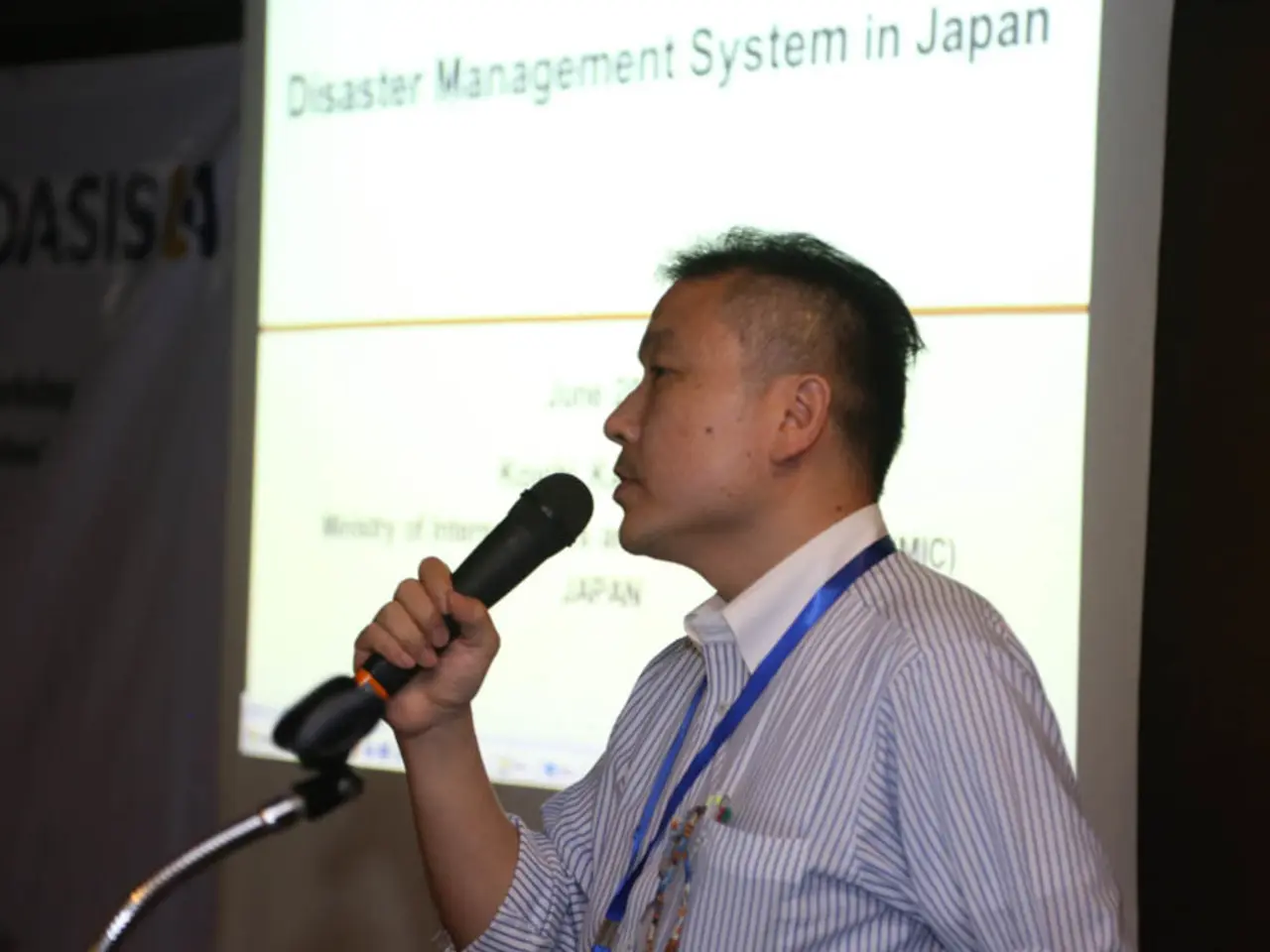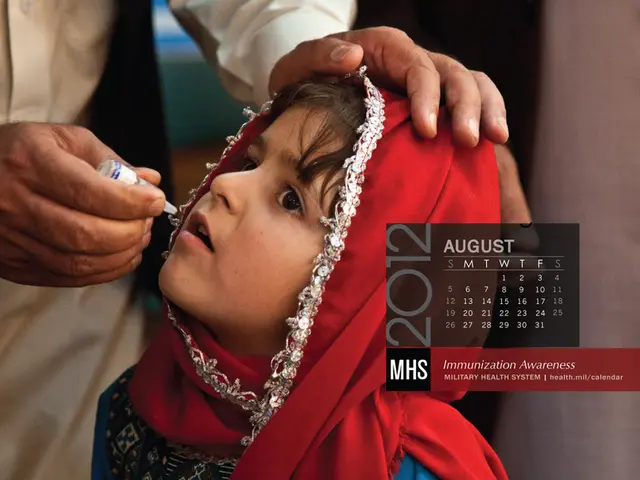Readiness for Crisis Management in Medical Settings: Insights from On-Ground Experiences
In the face of crises, the well-being of healthcare workers is as vital as the care they provide. A robust disaster plan must include strategies for supporting staff mental health, especially in rural communities where unique challenges arise during emergencies.
Lena Esmail, a healthcare leader, underscores the need for mental health support within her rural clinics, particularly during high-stress periods. Mental health counseling, peer support groups, flexible schedules, and time off for recovery are examples of strategies that can help healthcare workers cope during trying times.
Rural communities often face longer distances to hospitals, limited emergency medical personnel, and fewer resources for quick recovery. These challenges necessitate a tailored approach to disaster preparedness, with best practices including comprehensive planning, coordination, training, resource management, and community engagement.
Preparing for emergencies requires foresight, training, collaboration, and communication within healthcare facilities. Regular inventory assessments, identifying backup suppliers, and coordinating with nearby systems to share resources when needed are essential for supply chain resilience. Embedding a culture of preparedness within healthcare organizations is crucial, involving clear protocols, regular training, and the confidence to act quickly and effectively under pressure.
Disasters, such as wildfires, floods, hurricanes, and viral outbreaks, jeopardize access to life-saving care in rural communities. To mitigate this, healthcare facilities should stockpile emergency kits with medical supplies, pharmaceuticals, and other essentials, considering the limited access to resources in rural areas. Special attention should be given to vulnerable populations such as the homeless, elderly, and persons with special needs.
Building robust communication systems that incorporate public alert systems and family communication plans for healthcare workers and patients alike is also crucial. This ensures information flow despite infrastructure challenges common in rural areas. Engaging community partners, including local emergency services, volunteer organizations, and public health entities, can further support recovery and continuity of services after disaster strikes.
Addressing cybersecurity vulnerabilities is equally important, as rural health organizations may face increased cyber threats. Contingency plans and defensive strategies are vital to protect patient data and maintain operational continuity during emergencies.
Collaboration beyond clinic walls, including local government, emergency responders, nonprofit organizations, and other healthcare entities, is crucial for effective disaster preparedness. Technology, such as real-time alerts, telehealth platforms, cloud-based patient records, and predictive modeling tools, can help anticipate needs, communicate across regions, and maintain patient care continuity during disasters.
After every disaster, it is essential to conduct after-action reviews to identify what worked, what failed, and what could be improved for future emergencies. The insights gained from these reviews should inform future emergency planning, training, and resource allocation.
Community-based organizations can play a role in outreach to vulnerable populations during emergencies, ensuring that no one is left behind in the face of crisis. The lessons from past crises continue to guide the evolution of emergency preparedness, ensuring that when the next disaster strikes, healthcare providers are ready to respond with clarity, compassion, and coordination.
In the end, disasters will always be a part of life, but with proper planning, strong partnerships, and a commitment to adaptability, healthcare systems—even in the most rural regions—can rise to meet the challenge.
- The well-being of healthcare workers, including their mental health, is integral to the quality of patient care provided, particularly in rural communities where unique challenges emerge during emergencies.
- To ensure a robust response to crises, healthcare facilities in rural areas should stockpile emergency kits, secure technology like telehealth platforms and cloud-based patient records, and engage local partners for communication and community support.
- After every disaster, it's crucial to conduct after-action reviews to identify areas for improvement, using the insights gained to refine emergency planning, training, and resource allocation.
- In the face of disasters, collaboration extends beyond healthcare facilities, involving local government, emergency responders, nonprofit organizations, and other healthcare entities, to ensure the continuity of mental-health and health-and-wellness services for all individuals, particularly vulnerable populations.




